Kuro Writes
What is Bitcoin Mining and How Does it Work?

Bitcoin is a decentralized alternative to the banking system. This means that the system can operate and transfer funds from one account to the other without any central authority.
With a trusted central authority, transferring money is easy. Just tell the bank you want to remove $50 from your account and add it to someone else’s account. In this example, the bank has all the power because the bank is the only one that is allowed to update the ledger that holds the balances of everyone in the system.
Bitcoin, on the other hand, creates a system that has a decentralized ledger. It gives independent miners the ability to update the ledger without giving them too much power.
How Mining Works
Anyone who wants to participate in updating the ledger of Bitcoin transactions, known as the blockchain, can do so. All you need is to guess a random number that solves an equation generated by the system.
Sounds simple, right?
Of course, this guessing is all done by your computer. The more powerful your computer is, the more guesses you can make in a second, increasing your chances of winning this game. If you manage to guess right, you earn bitcoins and get to write the “next page” of Bitcoin transactions on the blockchain.
The solution to the equation is very hard to achieve but very easy to validate. You can think of a Rubik’s cube as a good example for this (very hard to solve, but easy to see you’ve solved it).
Rubik’s cube – hard to solve, easy to prove you’ve solved it The Mining Process in a Nutshell
Once your mining computer comes up with the right guess, your computer determines which pending transactions will be inserted in the next block of transactions on the blockchain.
Compiling this block represents your moment of glory, as you’ve now become a temporary banker of Bitcoin who gets to update the Bitcoin transaction ledger.
The block of transactions you’ve created, along with your solution, is sent to the whole network so other computers can validate it. Each computer that validates your solution updates its copy of the Bitcoin transaction ledger with the transactions that you chose to include in the block.
The system generates a fixed amount of Bitcoins (currently 6.25 ) and rewards them to you as compensation for the time and energy you spent solving the math problem.
Additionally, you get paid any transaction fees that were attached to the transactions you inserted into the next block.
All the transactions in the block you’ve just entered are now confirmed by the Bitcoin network and are virtually irreversible.
Here’s a two-minute video showing the process of blocks and confirmations. So that’s Bitcoin mining in a nutshell. It’s called mining because of the fact that this process helps “mine” new Bitcoins from the system.
But if you think about it, the mining part is just a by-product of the transaction confirmation process. So the name is a bit misleading since the main goal of mining is to maintain the ledger in a decentralized manner.
Since mining is based on a form of guessing, each time a different miner will guess the number and be granted the right to update the blockchain. Of course, the miners with more computing power will succeed more often, but due to the law of statistical probability, it’s highly unlikely that the same miner will succeed every time.

